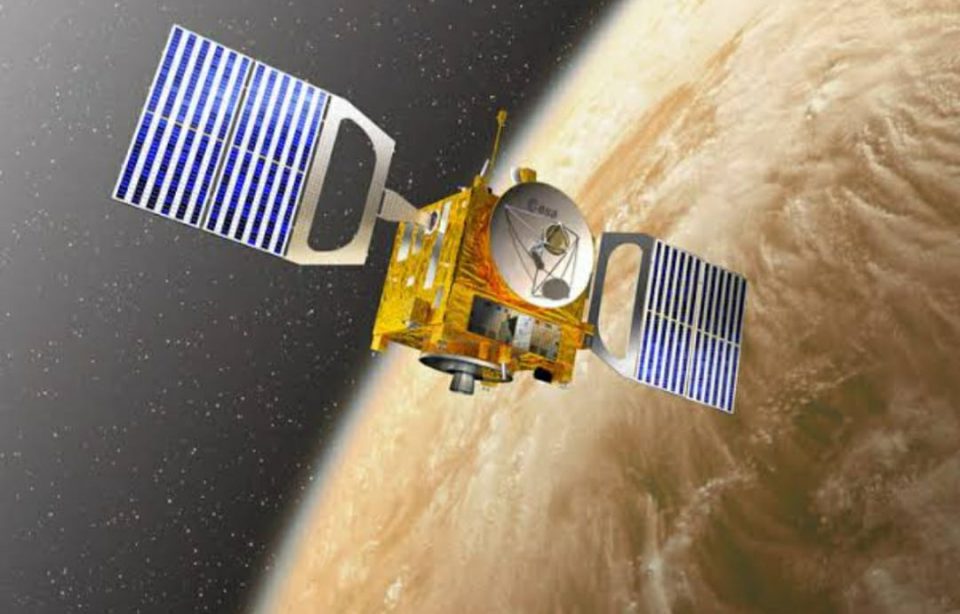What is the source of energy on earth? The obvious answer would be our nearest star, “the Sun”. The fusion reaction of hydrogen to helium in the core of the sun is the reason for this high temperature and energy. The researchers have replicated this phenomenon and by doing so, they reached a higher temperature than that of the Sun’s core.
In China, scientists have designed an artificial sun on earth which has sustained a temperature of 120 million degree Celsius. The Sun’s core burns at 15 million degree Celsius. The Experimental Advanced Superconducting Tokamak (EAST) fusion reactor burns 8 times as much as that of the Sun’s core.
The reactor by reaching 120 million degree Celsius and maintaining it for 101 seconds broke the previous records. And also it reached 160 million degree Celsius in 20 seconds.
By replicating the process that occurs naturally inside the core of the Sun and stars, it provides clean and green energy. The research institute is located at the Hefei Institutes of Physical Science of the Chinese Academy of Sciences.
When two nuclei collide and merge with each other, they provide a new heavier single nucleus by releasing energy, this process is called nuclear fusion. The energy is produced because the resulting heavier nucleus mass is lesser than the total mass of those two nuclei. E=mc², hence the remaining mass is released as energy. In the core of the Sun, two molecules of hydrogen fuse to form helium and release the excess mass as energy.
For the fusion reaction to occur, it must reach a higher plasma temperature. Even if we manage to reach those higher temperatures, the reactor core must be able to sustain this high plasma temperature, that’s where the majority of work goes.
Inside the reactor when high temperature is reached, hydrogen isotopes are placed inside a fusion device to create a plasma state where ions and electrons are separated. These hydrogen isotopes are called deuterium and these are found in abundance in marine water. The final product is just helium, hence this process is as green as you like.
According to Global Times, EAST is part of the International Thermonuclear Experimental Reactor (ITER) facility, which is a global science project jointly constructed by China, the EU, India, Japan, South Korea, Russia and the US. Therefore it’s an international collaboration for future research on energy. Though the reactor broke records, it will take decades to get a fully functional fusion reactor to produce energy.
Deuterium is the raw material required for the generation of energy. Unlike non-renewable sources, deuterium is found in abundance on Earth. According to research, through fusion reaction deuterium in one litre of seawater can produce the amount of energy equivalent to 300 litres of gasoline.
China is not the only one reaching such temperatures. A Korean based Superconducting Tokamak Advanced Research fusion device had reached a plasma temperature of 100 million degree Celsius for 20 seconds in December 2020.
Although the EAST had generated record breaking temperature this time, previously they had generated an electron temperature of 100 million degree Celsius in November 2018, which is seven times the temperature that we see in the Sun’s core. Even in 2020 the reactor sustained 100 million degree Celsius for about 20 seconds. Clearly, EAST has been a source of research in the field of fusion reactors.
Fission reactor which we know and which are being extensively used in power generation around the world, gives out dangerous toxic radioactive material as a by-product. We also know about the other non-renewable power producer and it’s carbon emission. Therefore fusion reactor success is the only way for now for a brighter, cleaner and greener future.

